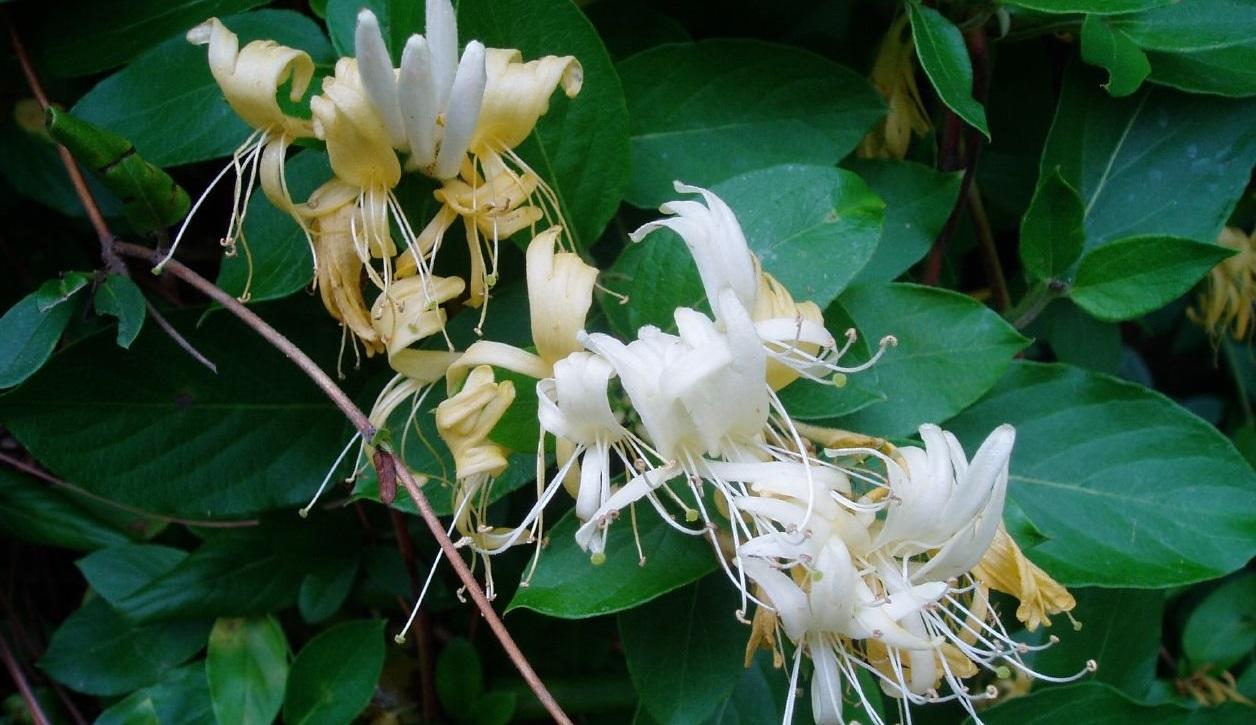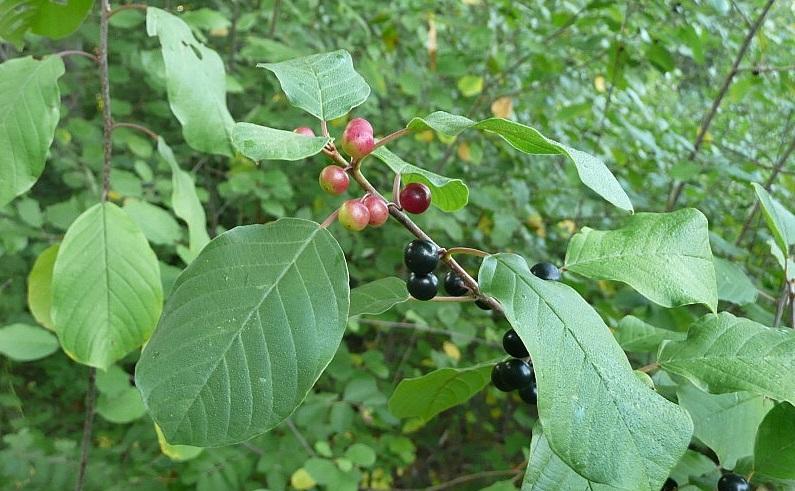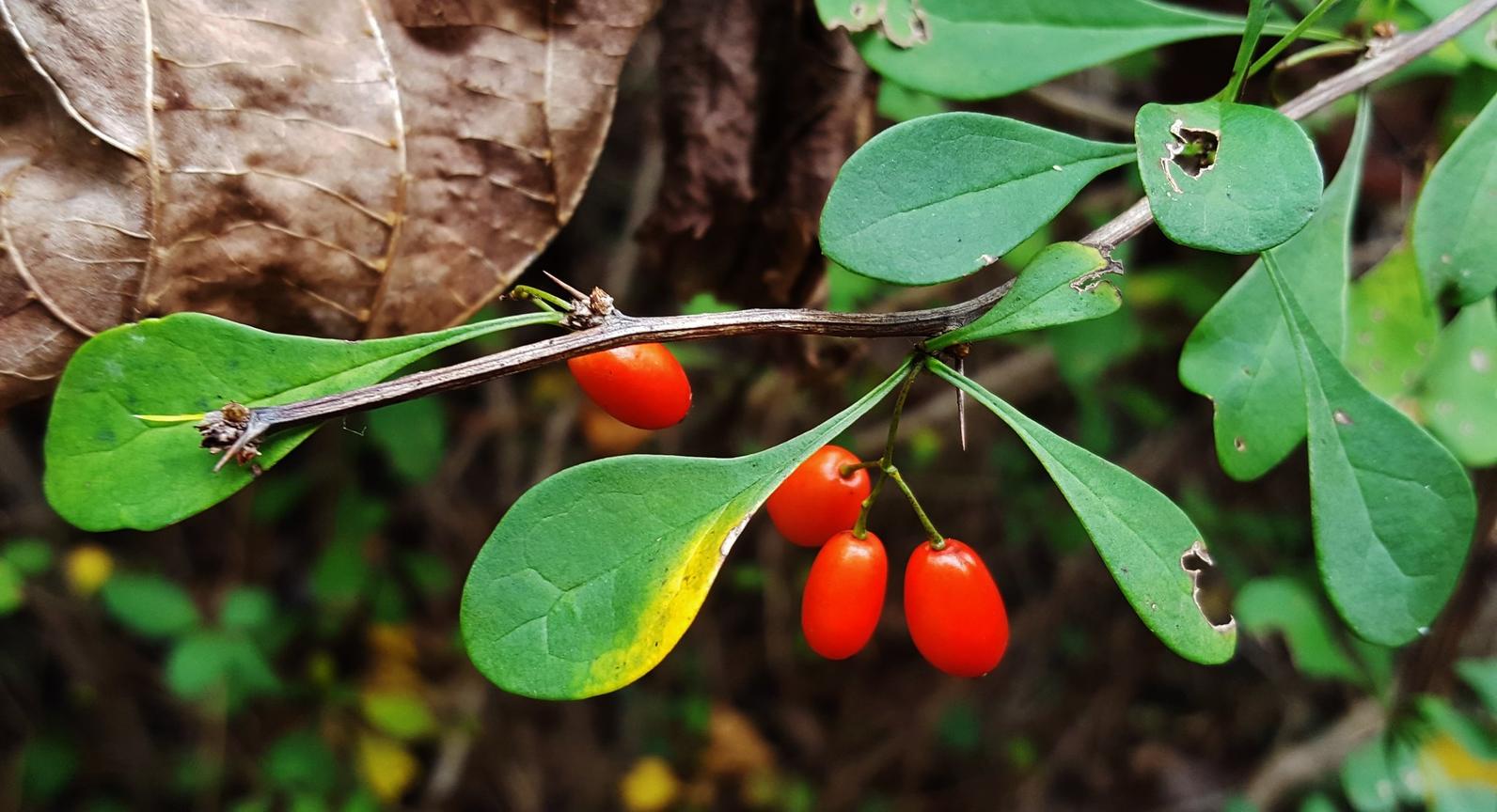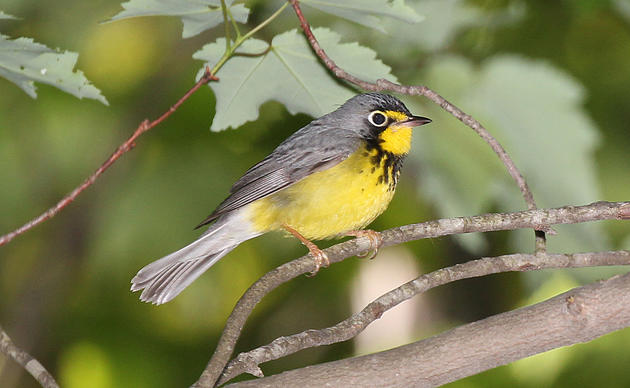Top Invasive Species Resource Professionals Should Monitor for Forest Health
Native plants provide the most habitat value to wildlife, from backyard birds to those found in the depths of our largest forests. That’s because they support all or part of the life cycle of our native insects, which are the primary food source for the majority of forest bird species during the spring and summer breeding season.
By managing a property to provide a diversity of native trees, shrubs, vines, and herbaceous plants, a woodland can offer more nutritious food options—including fruits, seeds, and nuts—for an incredible variety of forest birds.
The key, of course, is knowing the difference between native vegetation, invasive native plants, and non-native invasives.
An ID Guide to Invasive Forest Plants
Quick fact! Even certain native species, like American beech, can dominate your forest understory and prevent healthy forest regeneration.
Ideally, woodlands owners will want to work with a forester and/or a licensed applicator to plan your next steps! Fill out our Landowner Assistance Form so we can help get you connected.
HONEYSUCKLE
(Multiple species, but mostly tartarian in forests upstate)

Honeysuckle is a non-native invasive perennial shrub that can reach 8-10’ in height. The leaves are green and have an oval shape. This species will produce fragrant white flowers and dark red berries in the spring.
WHERE TO FIND IT
Abandoned fields, forest edges, disturbed areas and open canopy forest. Tolerates both sun and shade.
METHODS TO CONTROL IT
Mechanical- Hand Pulling: Hand pulling is only effective in areas of very light infestation. Take extra care not to disturb the soil more than necessary as this may expose soil for the seeds to germinate.
Mechanical- Stem: Repeatedly cutting the stem flush with the ground multiple times during the growing season may be enough to reduce the density of honeysuckle in some areas.
Chemical- Foliar Herbicide: Apply an herbicide (1% glyphosate solution) to seedlings by spraying the foliage. In the case of larger, more established individuals, cut the stems flush with the ground and apply an herbicide to the stump (2-3% glyphosate).
BUCKTHORN
(Common and glossy)

A non-native and invasive deciduous shrub or vine that can reach 25’ in height. The leaves are dark green, oval and glossy on the top. Groups of small black berries similar in size to wild blueberries can be found on this plant from July to mid-October. This species shows yellow-green flowers in the spring from April through June.
WHERE TO FIND IT
Forests, forest edges, fallow fields, meadows, disturbed areas.
METHODS TO CONTROL IT
Mechanical- Hand Pulling: Hand pull by the base of the stem and be sure to remove the entire root system. Make sure the exposed root system is not left in contact with the ground after removing to prevent re-rooting.
Mechanical- Cut Stump: Cut plants at the stem close to the ground any time of the year. Wrap the exposed stump with burlap or thick plastic and secure with twine or a thick zip tie. This should prevent any new stump sprouts from developing in the spring. Check periodically for new growth.
Chemical- Cut + Herbicide: Cut the stem 4” above the ground. Apply an herbicide (18-21% glyphosate solution) directly to the stump within an hour of cutting. This has the most beneficial impact in the late summer through winter when more nutrients are going to the root system.
Chemical- Foliar Herbicide: Spray an herbicide (2% glyphosate or triclopyr solution) to the plants entire leaf surface. This work should be contracted through a licensed applicator during the fall for the best results.
JAPANESE BARBERRY

Small deciduous shrub that ranges from 2 to 8’ in height. Leaves are green and shaped like long paddles. Pale yellow flowers hang off the stems of branches from mid spring to early summer. Small bright red berries are also noticeable in the summer months.
WHERE TO FIND IT
Forests, open woodlands, wetlands, floodplains and meadows.
METHODS TO CONTROL IT
Mechanical- Hand Pulling: Pull small plants by the stem and be sure to extract the entire root system. Make sure the exposed root system is not left in contact with the ground after removing to prevent re-rooting.
Mechanical- Cut Stump: Cut plants at the stem close to the ground in the fall or winter. Wrap the exposed stump with burlap or thick plastic and secure with twine or a thick zip tie. This should prevent any new stump sprouts from developing in the spring. Check periodically for new growth.
Chemical- Cut + Herbicide: Cut the stem 4” above the ground. Apply an herbicide (18-21% glyphosate solution) directly to the stump within an hour of cutting. This has the most beneficial impact in the late summer through winter when more nutrients are going to the root system.
Chemical- Foliar Herbicide: Spray an herbicide (2% glyphosate or triclopyr solution) to the plants entire leaf surface. This work should be contracted through a licensed applicator during the fall for the best results.
*Chemical treatment methods were sourced from Vermont Invasives.
How you can help, right now
Donate to Audubon
Help secure the future for birds at risk from climate change, habitat loss and other threats. Your support will power our science, education, advocacy and on-the-ground conservation efforts.




